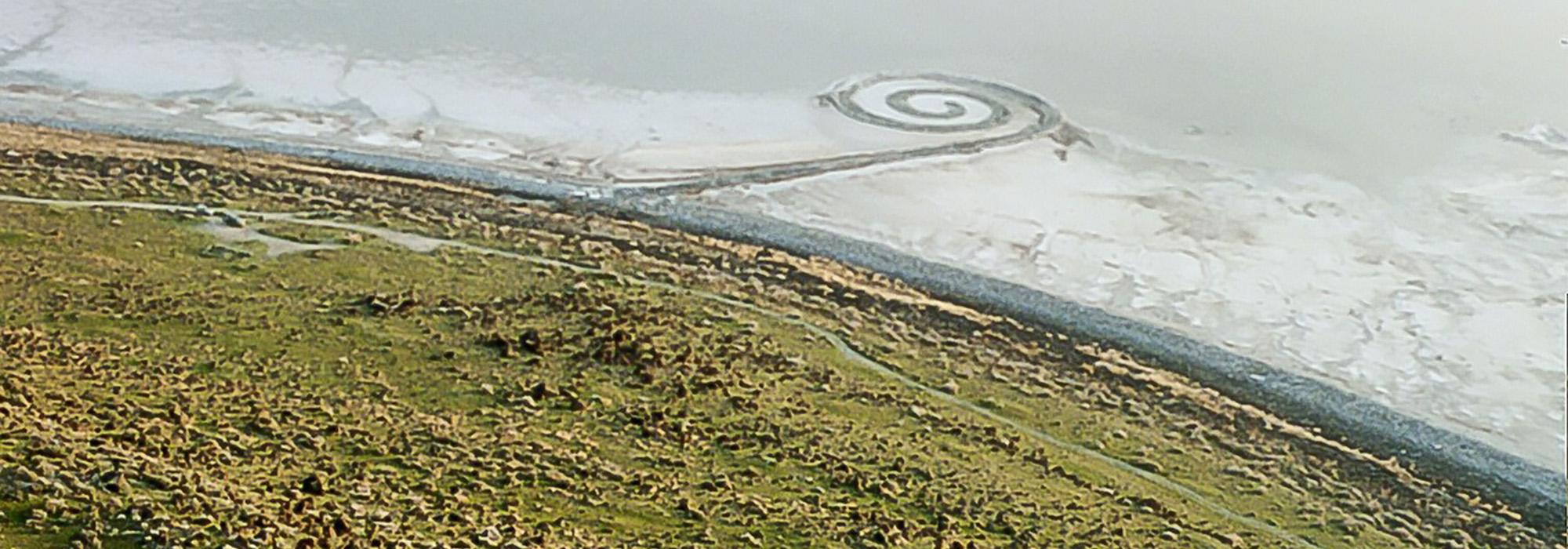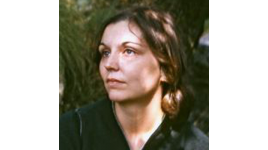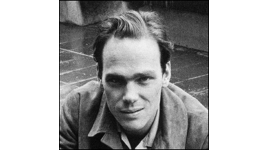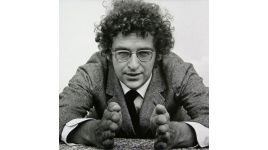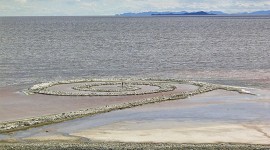Pioneer Information
Born in Passaic, New Jersey, Smithson studied from 1953-1955 at the Art Students League in New York and briefly at the Brooklyn Museum of Art. Best known as a nontraditional artist and sculptor, Smithson was also a prolific writer, photographer, and filmmaker in the 1960s and 1970s. He delved into the concepts of entropy, time, mapping, language, landscape and natural history and embraced the elements of minimalism without confining himself to its philosophy. He explored the blur of materiality and ideas in opposites, space/time, nature/culture, and the indoor/outdoor relationship.
With fellow earthwork artists Michael Heizer, Walter De Maria, Nancy Holt, and James Turrell, he moved his investigations into desolate remote landscapes. Using non-traditional materials and frequently involving large earthmoving equipment in their creation, his sculptures engaged the questions of permanence, materials, and the site specific elements of weather, climate, and topography at all levels of scale. His most famous piece, now in the collection of the New York DIA Center of the Arts, is the Spiral Jetty, a 1,500 foot coil of earth and black basalt that extends into Utah's Great Salt Lake. Smithson died in an airplane crash at 35 while working on a sculpture in Texas. His writings were published in 1979 and revised in 1996, The Writings of Robert Smithson.
Photograph by Jack Robinson, The Jack Robinson Archive, LLC, www.robinsonarchive.com



